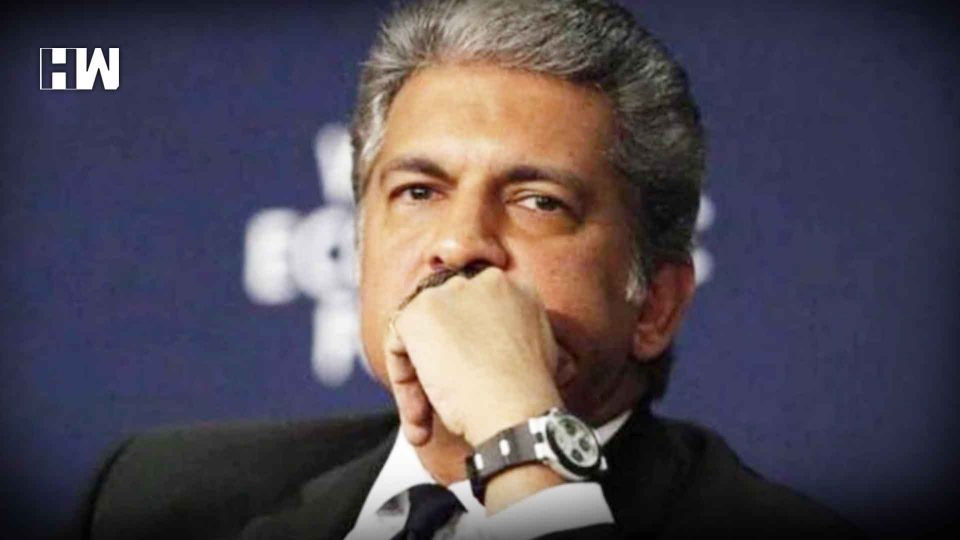A day after Narendra Modi was sworn in for his second term as Prime Minister, the government allowed the release of a long delayed and controversial report, which showed that unemployment was at a 45 year high. The National Sample Survey Office’s (NSSO’s) job survey for 2017-18 had shown a massive spike and pegged joblessness levels at 6.1% for that period. Obviously, the government claimed the report was unreliable and said that it was based on a new methodology, and could not be compared with previous years.
The point being that in today’s testing times, we live amid a highly uncertain economic environment in which job losses are a reality. And, no sector echoes that sentiment more than the ailing automobile sector. Slumping sales of cars and motorcycles are triggering massive job cuts in the auto and auto ancillary industry, with many companies resorting to shutting down factories for days and reducing their number of shifts, in an attempt to save operating costs. However, the most worrisome statistic was that automakers, part manufacturers and dealers have laid off about 3,50,000 workers since April, according to a report by international news agency Reuters.
To give you some perspective on the magnitude of the problem; India’s automobile sector is not a small one, so one can’t just brush aside its woes and ignore the repercussions. Distress in this sector will have a contagion effect and would spread to all corners of the economy. Just last week, continuous partial shutdowns of a big factory owned by Tata Motors in Jamshedpur led to 30 steel factories closing their doors in the same region.
India has the world’s fourth largest automobile market. The sector contributes 7.1% to the country’s GDP and 49% of India’s manufacturing output. Let’s also keep in mind that it employs more than 35 million people directly and indirectly. Therefore, when news surfaces that passenger vehicle sales have dropped for nine consecutive months through July, with some auto makers suffering year on year declines of more than 30% in recent months, it’s a big cause for concern.

But what’s causing this vicious downcycle?
First off, our GDP growth is at a more than five year low, so generally, economic activity is not conducive. The government claims we are in the midst of a cyclical slowdown and that things would pick up soon. However, we believe the slowdown is structural, and not cyclical, and would need policy intervention to reverse.
Secondly, amid a liquidity crunch and a general scepticism to lend to the troubled auto sector; auto makers, auto ancillary makers, dealers, suppliers, retailers and final consumers, are finding credit much harder to come by from financiers and NBFCs, adding to the problem.

Thirdly, government policies have not been supportive to the industry. A sudden shift from BS IV to BS VI emission standards, axel load capacity norms and a lax vehicle scrappage policy have all led to massive build up of inventories, which manufacturers are unable to sell.
Fourthly, the government views automobiles as “sin goods” and levies a 28% rate of GST on them. Not only that, abnormally high levels of registration fees, road tax, and cess contribute to making cars out of reach of many middle class Indians. The recent push for electronic vehicles (EVs) and the reduction of GST rates from 12% to 5% on EVs is a step in the right direction. However, sales of EVs are so miniscule compared to other vehicles that a reduction in rates won’t contribute to the industry as a whole.

Distinguished leader and Chairman of Mahindra & Mahindra Ltd, Anand Mahindra, made his views public and called for a reduction in taxes, among other things, to breathe life back into the auto industry amid the vicious slowdown. Speaking at his company’s 73rd annual general meeting in Mumbai, Mr. Mahindra advocated short term measures to catalyse consumption. He said that the most obvious and welcome first aid would be some temporary relief on GST, either by modifying slabs or removing cess.
Another suggestion he had was to take a re-look at the registration fees, which have gone up substantially, and a roll back of the increase in road tax.
While Mr. Mahindra was selective with his words and did not give much away, other prominent leaders from India Inc, such as AM Naik and Adi Godrej, were more vocal with their criticism. Another leader from the automotive world, Mr. Rahul Bajaj, of Bajaj Auto, aired his displeasure at the situation recently when he said “There is no demand and no private investment, so where will the growth come from? It doesn’t fall from the heavens.”
As an independent media platform, we do not take advertisements from governments and corporate houses. It is you, our readers, who have supported us on our journey to do honest and unbiased journalism. Please contribute, so that we can continue to do the same in future.

